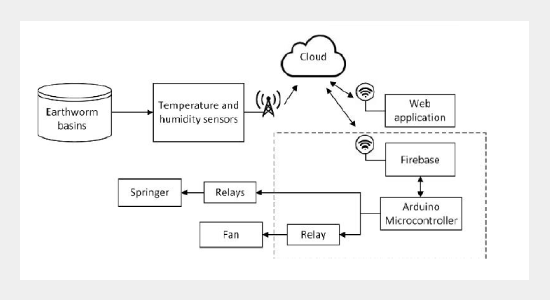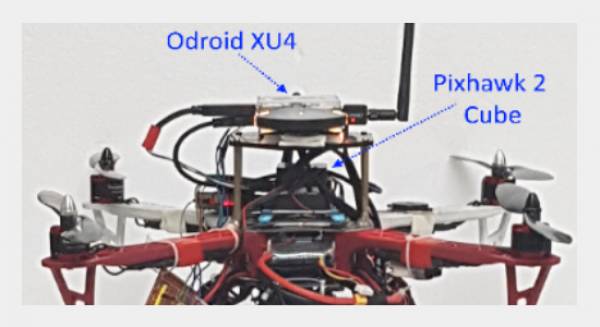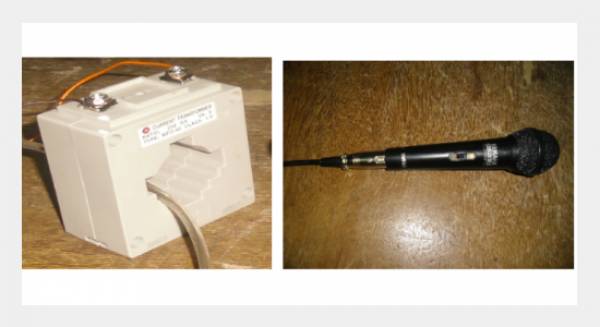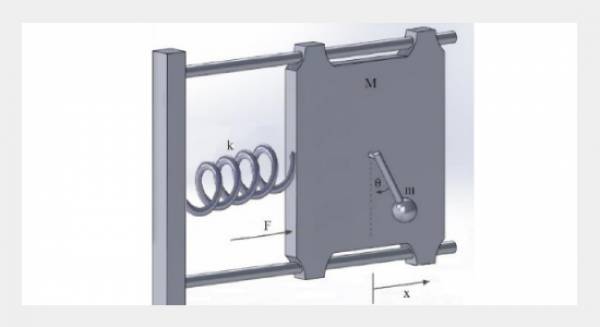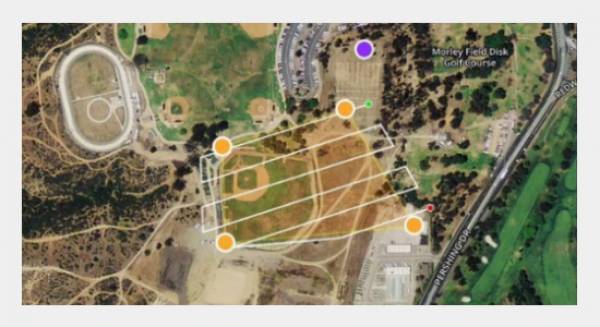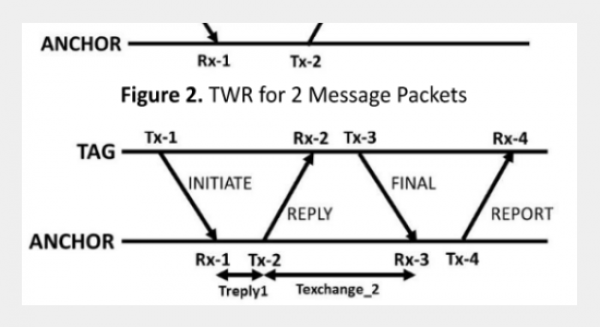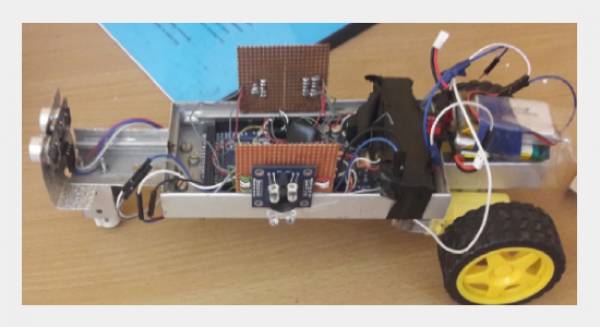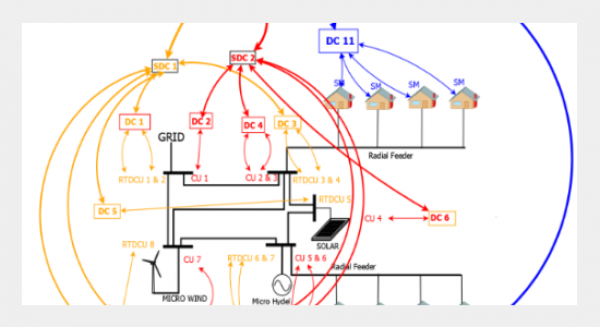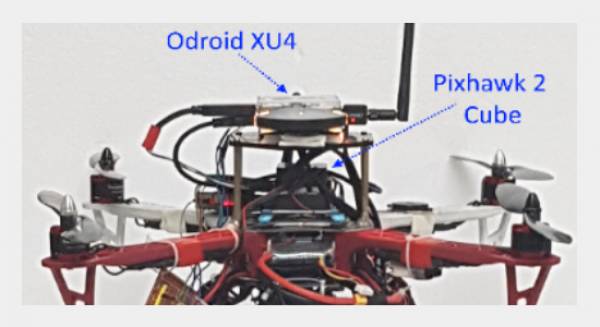Thidathip Haanchumpol1 and Chatchai Sermpongpan2* 1Faculty of Engineering and Industrial Technology, Bansomdejchaopraya Rajabhat University, Bangkok, 10600, Thailand.
2Department of Electrical and Computer Engineering, Faculty of Engineering, King Mongkut's University of Technology North Bangkok, Bangkok, 10800, Thailand.
Download Citation:
|
Download PDF
The bodies and droppings of the earthworms produce benefits and income. A mature earthworm can breed continuously, and when they exceed their maturity, they can be used as animal feed, and their droppings can be used to increase nutrients in the soil. Humidity and temperature are the two most important factors influencing earthworm development. The automation system uses a microcontroller to detect data and make decisions to control the ventilation fan to decrease temperature and the springer system to increase moisture in the bedding basin. The internet of things is used to monitor and send a manual control signal to the culturing system via the mobile phone. The experiment compares the traditional and control environments using culture. The controlled temperature is between 28°C and 32°C, and the controlled moisture is between 75% and 80%. The results show the weight of the controlled culturing process is higher than the traditional culturing process at 27.66%. The length of the controlled culturing process is longer than the traditional culturing process at 9.89%. And the weight of the total earthworm droppings in the control experiment had a higher value than the traditional experiment at 5.08%.ABSTRACT
Keywords:
Environment control; Automation; Internet of things; Earthworm cultured; Process monitoring
Share this article with your colleagues
REFERENCES
ARTICLE INFORMATION
Received:
2023-01-07
Revised:
2023-05-31
Accepted:
2023-06-05
Available Online:
2023-06-05
Haanchumpol, T., and Sermpongpan, C. (2023) Increasing Earthworm Product Yield by Temperature and Moisture Control System. Int. j. autom. smart technol. https://doi.org/10.5875/ausmt.v13i1.2440
Cite this article:
Copyright The Author(s). This is an open access article distributed under the terms of the Creative Commons Attribution License (CC BY 4.0), which permits unrestricted use, distribution, and reproduction in any medium, provided the original author and source are cited.


